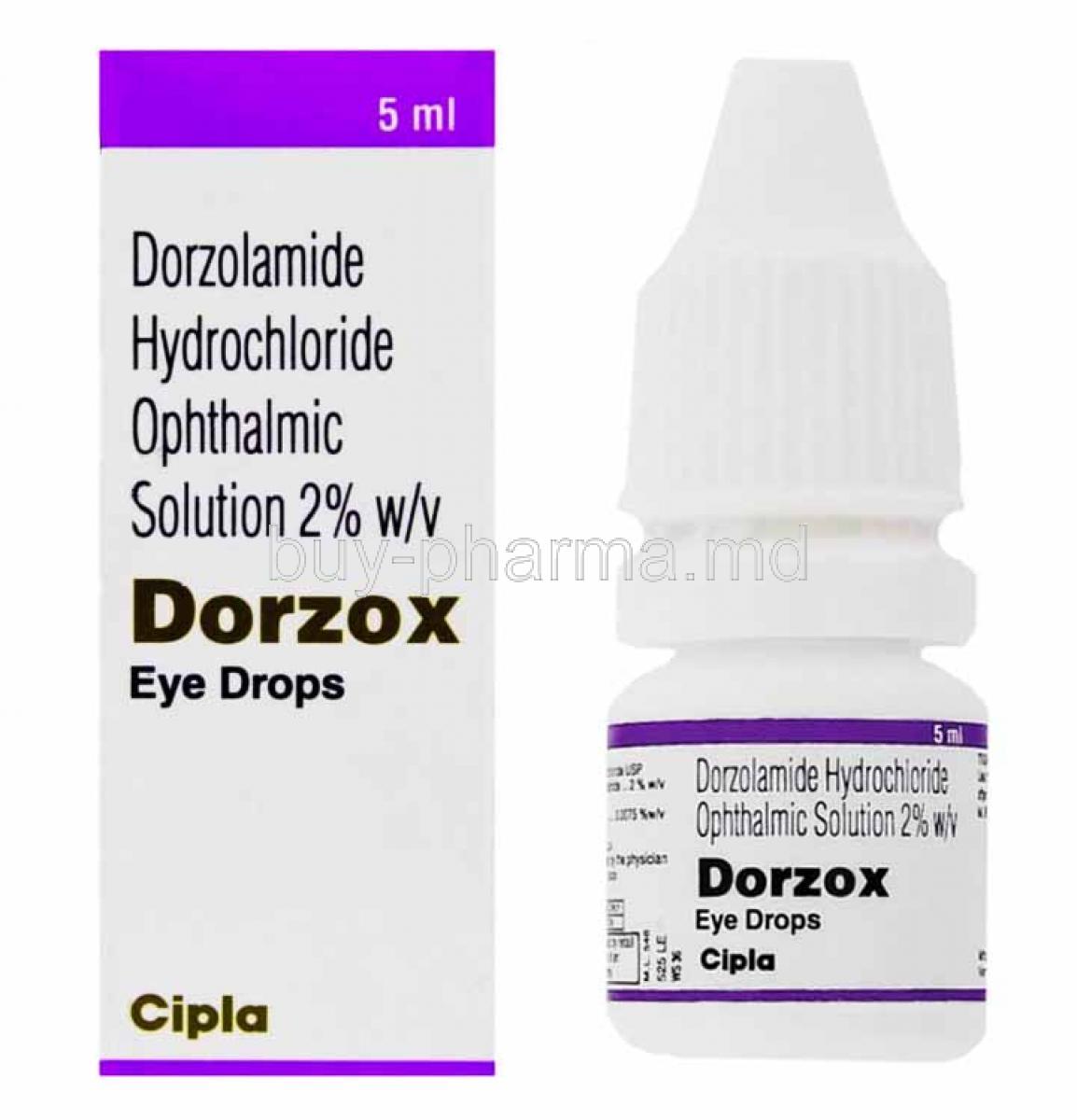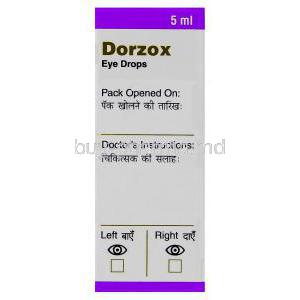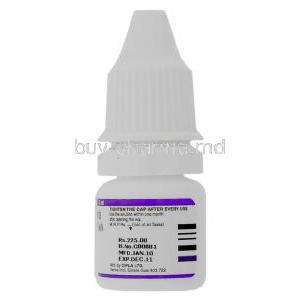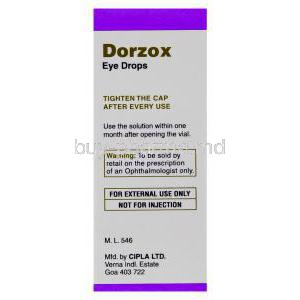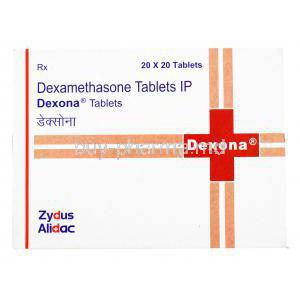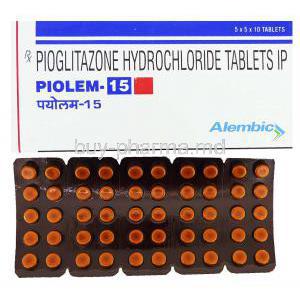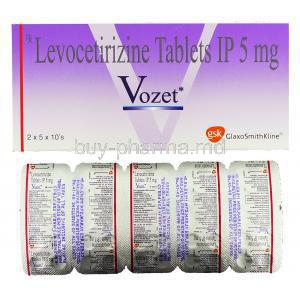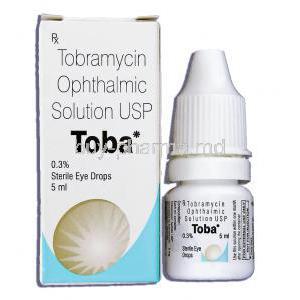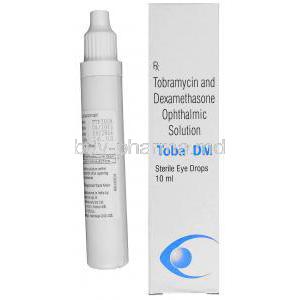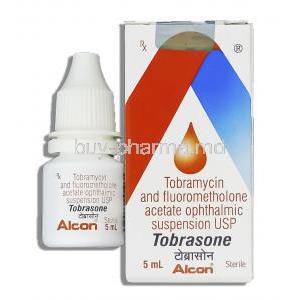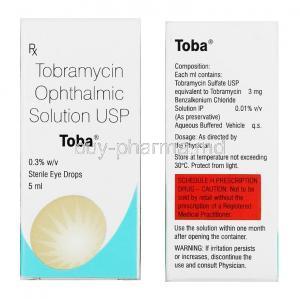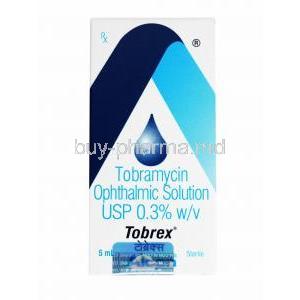1. Introduction
1.1 Overview of Dorzox (Dorzolamide Eye Drops)
Dorzox, formulated with dorzolamide ophthalmic solution, is an advanced prescription medication engineered to reduce elevated intraocular pressure. It is widely utilized in chronic ophthalmic disorders where pressure regulation is vital to protecting optic nerve integrity.
1.2 Therapeutic Classification: Carbonic Anhydrase Inhibitor
This medication belongs to the pharmacologic class known as carbonic anhydrase inhibitors. By targeting carbonic anhydrase isoenzymes within the ciliary body of the eye, Dorzox helps regulate fluid dynamics and maintain pressure equilibrium.
1.3 Purpose of Treatment and Target Patient Groups
Dorzox is primarily intended for individuals experiencing elevated IOP due to glaucoma or ocular hypertension. It is particularly beneficial for:
- Adults diagnosed with open-angle glaucoma
- Patients requiring adjunctive therapy to achieve desired pressure control
- Individuals intolerant to beta-blockers
1.4 Comparison with Other Glaucoma Medications
Dorzox compares favorably with prostaglandin analogs, beta-blockers, and alpha agonists. While prostaglandins enhance fluid outflow, Dorzox reduces aqueous humor formation, making it a complementary choice in multi-drug regimens.
2. Composition
2.1 Active Ingredient: Dorzolamide Hydrochloride
The primary component, dorzolamide hydrochloride, is a potent inhibitor of carbonic anhydrase II, enabling consistent and measurable reductions in IOP.
2.2 Concentration and Formulation Specifics
The standard formulation contains 2% dorzolamide hydrochloride in an isotonic solution optimized for ocular tolerance and rapid absorption.
2.3 Inactive Ingredients and Their Roles
Inactive constituents help stabilize the solution and enhance patient comfort. These may include:
- Sodium citrate – buffering agent
- Mannitol – tonic regulation
- Hydroxyethyl cellulose – viscosity optimization
2.4 Preservatives Such as Benzalkonium Chloride and Safety Considerations
Benzalkonium chloride (BAK) is used as a preservative to maintain sterility. Prolonged exposure may affect the tear film, thus caution is advised for patients with ocular surface disease.
3. Mechanism of Action (How Dorzox Works)
3.1 Carbonic Anhydrase Inhibition and Reduction of Aqueous Humor Production
By inhibiting carbonic anhydrase II, Dorzox suppresses the synthesis of bicarbonate ions, ultimately reducing aqueous humor production at its source.
3.2 Effect on Intraocular Pressure (IOP)
Reduced aqueous humor formation results in a sustained decline in intraocular pressure, alleviating optic nerve strain and slowing disease progression.
3.3 Onset of Action and Duration of Effect
Dorzox initiates action within hours of instillation. Its effect persists through the day with adherence to a regular dosing schedule.
3.4 Advantages Over Systemic Carbonic Anhydrase Inhibitors
Topical administration avoids systemic metabolic disturbances such as acidosis, offering a safer and more targeted alternative to oral agents.
4. Approved Uses
4.1 Treatment of Open-Angle Glaucoma
Dorzox is a frontline adjunctive treatment for open-angle glaucoma, one of the most prevalent forms of progressive optic neuropathy.
4.2 Management of Ocular Hypertension
It effectively lowers elevated IOP in individuals without overt glaucomatous damage but who remain at risk of developing optic nerve injury.
4.3 Use in Patients Intolerant to Beta-Blockers
For patients unable to tolerate or contraindicated for beta-blockers, Dorzox offers a robust alternative mechanism for IOP control.
4.4 Use in Combination Therapy With Other IOP-Lowering Medications
Dorzox synergizes with multiple drug classes, allowing clinicians to create highly individualized glaucoma treatment plans.
5. Off-label and Emerging Uses
5.1 Adjunctive Therapy in Secondary Glaucoma
Dorzox may support pressure reduction in complex glaucoma subtypes, including secondary forms caused by inflammation or trauma.
5.2 Use in Pseudoexfoliative Glaucoma
Emerging evidence suggests benefits in pseudoexfoliative glaucoma, which often requires aggressive pressure management.
5.3 Potential Role in Post-Operative IOP Spikes
Transient IOP elevations following ocular surgery may be mitigated through short-term Dorzox therapy.
5.4 Investigational Uses in Pediatric Glaucoma
Although data in children remain limited, dorzolamide shows promise as part of pediatric glaucoma management.
5.5 Use in Neovascular Glaucoma Cases Where Standard Therapy Is Insufficient
In severe neovascular glaucoma, Dorzox may serve as adjunctive therapy when conventional treatments fail to achieve adequate control.
6. Dosage and Administration
6.1 Standard Recommended Dosing Schedule
The typical regimen involves one drop instilled in the affected eye(s) three times daily or as directed by an ophthalmologist.
6.2 Administration Technique for Optimal Absorption
To maximize efficacy, patients should:
- Wash hands thoroughly
- Avoid touching the dropper tip
- Apply pressure to the tear duct (punctal occlusion) to reduce systemic absorption
6.3 Dose Adjustments in Combination Therapy
When combined with other glaucoma drops, spacing applications by at least ten minutes helps prevent washout effects.
6.4 Missed Dose Instructions
If a dose is missed, it should be applied as soon as remembered unless the next dose is imminent.
6.5 Special Instructions for Contact Lens Wearers
Patients wearing soft lenses should remove them before instillation and wait at least 15 minutes before reinsertion.
6.6 How Long the Therapy Should Be Continued
Because glaucoma is chronic, treatment is typically long-term and often lifelong.
7. Safety Profile and Side Effects
7.1 Overview of Side-Effect Profile
Dorzox is generally well tolerated, with most adverse effects being localized and transient.
7.2 Common Side Effects
- Stinging or burning sensation
- Bitter taste
- Eye irritation
- Blurred vision
- Conjunctival redness
7.3 Less Common but Clinically Relevant Side Effects
Symptoms such as eyelid inflammation or light sensitivity may occur but typically resolve with continued use.
7.4 Rare or Serious Adverse Reactions
Severe allergic reactions, corneal edema, and uveitis are rare but require immediate discontinuation and medical evaluation.
7.5 Long-Term Safety Considerations
Extended therapy requires periodic monitoring to assess ocular surface stability and maintain optimal IOP control.
8. Drug Interactions
8.1 Interaction With Systemic Carbonic Anhydrase Inhibitors
Concurrent use may amplify systemic metabolic effects, thus requiring careful monitoring.
8.2 Interactions With Ophthalmic Beta-Blocker Solutions
Combination with beta-blockers can intensify pressure-lowering effects, necessitating dose adjustments.
8.3 Interaction With Salicylates
High-dose salicylates may interfere with carbonic anhydrase activity, posing potential metabolic risks.
8.4 Potential Impact on Electrolyte and Acid-Base Balance
Although topical, excessive absorption could influence systemic electrolyte homeostasis, especially in sensitive individuals.
8.5 Interactions With Anesthetic Agents During Surgical Procedures
Preoperative planning should include disclosure of Dorzox use to minimize anesthetic-related metabolic interactions.
9. Warnings and Important Precautions
9.1 Risk of Sulfonamide-Related Reactions
Dorzolamide shares structural similarities with sulfonamides; hypersensitivity reactions may occur in susceptible individuals.
9.2 Precautions in Corneal Disease or Compromised Corneal Function
Corneal endothelial dysfunction may exacerbate under carbonic anhydrase inhibition, warranting close observation.
9.3 Use in Severe Renal Impairment
Patients with significant renal dysfunction may accumulate metabolites, heightening risk of adverse effects.
9.4 Avoiding Contamination of the Dropper Tip
Direct contact with any surface should be avoided to preserve sterility and prevent infection.
9.5 Precautions in Patients With Severe Allergies or Asthma
Pre-existing hypersensitivity conditions may increase the likelihood of local allergic manifestations.
10. Contraindications
10.1 Known Hypersensitivity to Dorzolamide or Sulfonamides
Documented allergies to these substances preclude safe use.
10.2 Severe Renal Dysfunction (CrCl < 30 mL/min)
Impaired renal function can reduce elimination of dorzolamide, increasing systemic risk.
10.3 Corneal Endothelial Compromise in Advanced Stages
Patients with fragile corneas may experience worsening edema under treatment.
10.4 Contraindications During Acute Ocular Infection
Active infections may worsen with topical irritation; therapy should resume after resolution.
11. Careful Administration
11.1 Patients With Hepatic Impairment
Although minimal systemic exposure occurs, metabolic caution is warranted in significant liver disease.
11.2 Patients With Corneal Edema or Fuchs’ Dystrophy
These patients are at elevated risk for corneal decompensation; frequent monitoring is essential.
11.3 Patients Undergoing Ocular Surgery
Surgical recovery requires stable corneal function; physicians may temporarily adjust therapy.
11.4 Patients With Chronic Dry Eye or Ocular Surface Disorders
Preservative sensitivity may exacerbate dryness or irritation, prompting consideration of alternative formulations.
11.5 Caution in Patients on Multiple Concurrent Ophthalmic Medications
Polypharmacy increases the potential for cumulative irritation and medication washout, making proper spacing crucial.
12. Administration in Special Populations
12.1 Administration to Elderly
Elderly individuals often exhibit age-related changes in ocular physiology, including reduced tear production, diminished corneal sensitivity, and slower aqueous humor turnover. These changes may influence the absorption and tolerability of dorzolamide-based treatments.
Although standard dosing is typically appropriate, dose modifications may be required in cases of frailty or concurrent systemic illness. Close observation ensures that therapeutic effects are balanced with overall comfort.
Regular monitoring of intraocular pressure (IOP) is crucial. Elderly patients may show variable responses due to comorbid conditions, making ongoing assessment essential for maintaining optimal optic nerve protection.
12.2 Administration to Pregnant Women
Available safety data for dorzolamide use during pregnancy remain limited. Classified as a medication to be used with caution, it should be prescribed only when the anticipated therapeutic benefit outweighs potential risks to the fetus.
Potential fetal risks may arise from systemic absorption of carbonic anhydrase inhibitors, though topical formulations minimize exposure. Nevertheless, a thorough benefit–risk evaluation is imperative before initiating therapy.
Clinicians often recommend alternative options whenever feasible, preserving this treatment for situations where pressure control is critical for maternal ocular health.
12.3 Administration to Nursing Mothers
Dorzolamide may be excreted in small amounts into breast milk. While systemic absorption from ophthalmic use is minimal, theoretical risks to the nursing infant cannot be fully excluded.
Neonatal exposure to carbonic anhydrase inhibition could potentially influence acid–base regulation, albeit rarely. Mothers should be counseled on monitoring infants for unusual symptoms.
When necessary, strategies such as punctal occlusion help reduce maternal systemic absorption, further minimizing exposure to the infant.
12.4 Administration to Children
Dorzolamide is occasionally used in pediatric glaucoma, particularly when pressure reduction is urgently required or when other treatments are insufficient. Children often respond favorably, though sensitivity may vary with age.
Dosage considerations must be individualized. Smaller ocular surface area and faster metabolic rates can influence how young patients react to therapy.
Safety and efficacy data in infants and young children remain limited, making careful supervision mandatory. Regular IOP monitoring and gradual treatment adjustments ensure safe long-term outcomes.
13. Overdosage
13.1 Likely Symptoms of Accidental Ingestion
Accidental ingestion of dorzolamide solution may lead to symptoms resembling systemic carbonic anhydrase inhibition. These include:
- Fatigue or dizziness
- Electrolyte imbalance
- Nausea or gastrointestinal discomfort
- Alterations in breathing pattern due to metabolic acidosis
13.2 Management of Systemic Carbonic Anhydrase Inhibition
Management focuses on stabilizing the patient while correcting physiological disturbances. Electrolyte supplementation and hydration may be required in cases of diminished bicarbonate levels.
Clinical interventions aim to restore acid–base balance and support respiratory compensation mechanisms.
13.3 Emergency Care Recommendations
Emergency management includes close observation, gastric decontamination if ingestion is recent, and symptomatic support. Patients should be evaluated promptly to prevent complications.
13.4 Monitoring Electrolyte Imbalance and Acidosis
Continuous monitoring of serum electrolytes, bicarbonate levels, and arterial pH is recommended until the risk of acidosis resolves. Severe cases may require intravenous therapy or hospitalization.
14. Handling and Storage
14.1 Recommended Storage Temperature
Dorzolamide eye drops should be stored at controlled room temperature, typically between 15°C and 25°C. Avoid exposure to excessive heat or freezing conditions to maintain formulation integrity.
14.2 Protecting From Contamination and Handling Tips
The dropper tip must remain sterile. Patients should:
- Avoid touching the applicator to any surface
- Always replace the cap tightly after use
- Keep the bottle sealed when not in use
14.3 Shelf-life After Opening
The solution should generally be used within 28 to 30 days after opening. Beyond this period, sterility cannot be guaranteed.
14.4 Safe Disposal of Ophthalmic Medications
Expired or unused eye drops should be discarded responsibly. Disposal through household waste is acceptable if local guidelines permit, but sharing medications is strictly discouraged.
15. Patient Counseling Information
15.1 Instructions for Correct Instillation Technique
Proper technique enhances therapeutic outcomes. Patients should:
- Wash hands thoroughly before application
- Gently pull down the lower eyelid to form a pocket
- Instill one drop without touching the applicator
- Blink slowly and avoid squeezing the eyelids tightly
15.2 Importance of Adherence in Chronic Glaucoma Therapy
Glaucoma is a chronic condition requiring consistent treatment. Even mild lapses in dosing can allow intraocular pressure to rise, potentially damaging the optic nerve.
15.3 Tips to Reduce Systemic Absorption (Punctal Occlusion)
Punctal occlusion helps limit systemic exposure. Patients can gently press on the inner corner of the eye for one to two minutes after instillation. This simple step significantly reduces drainage into the nasolacrimal system.
15.4 When to Seek Medical Attention
Medical evaluation should be sought if patients experience:
- Severe eye irritation
- Sudden changes in vision
- Swelling around the eyes
- Signs of allergic reaction
Timely assessment ensures rapid intervention and prevents complications.

